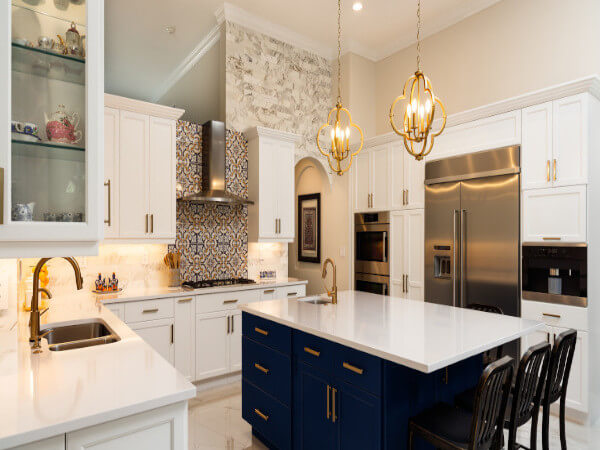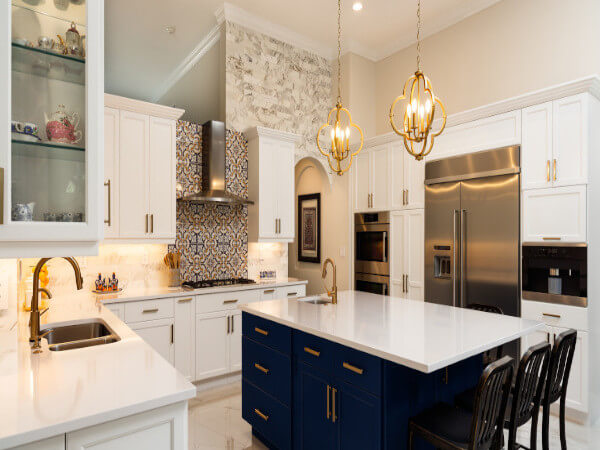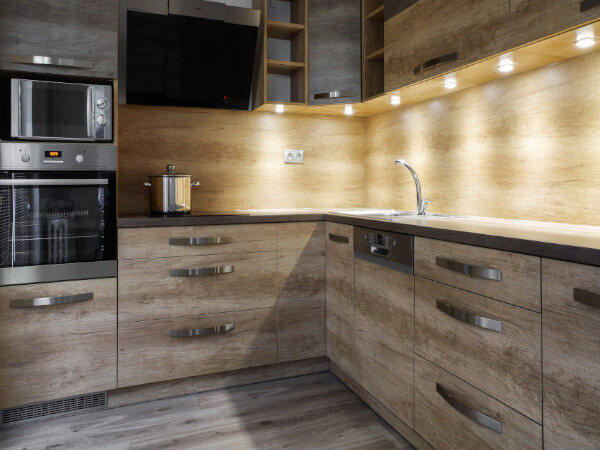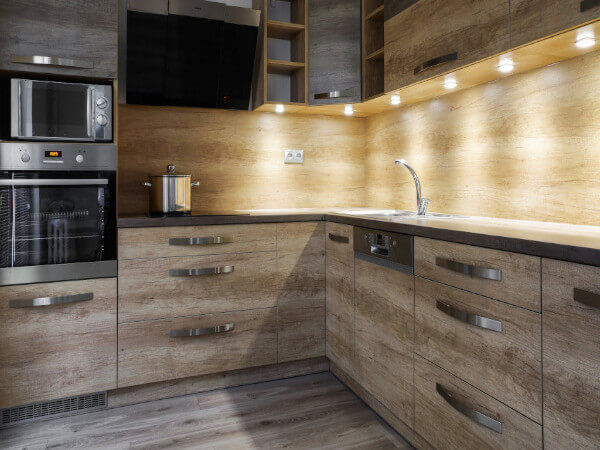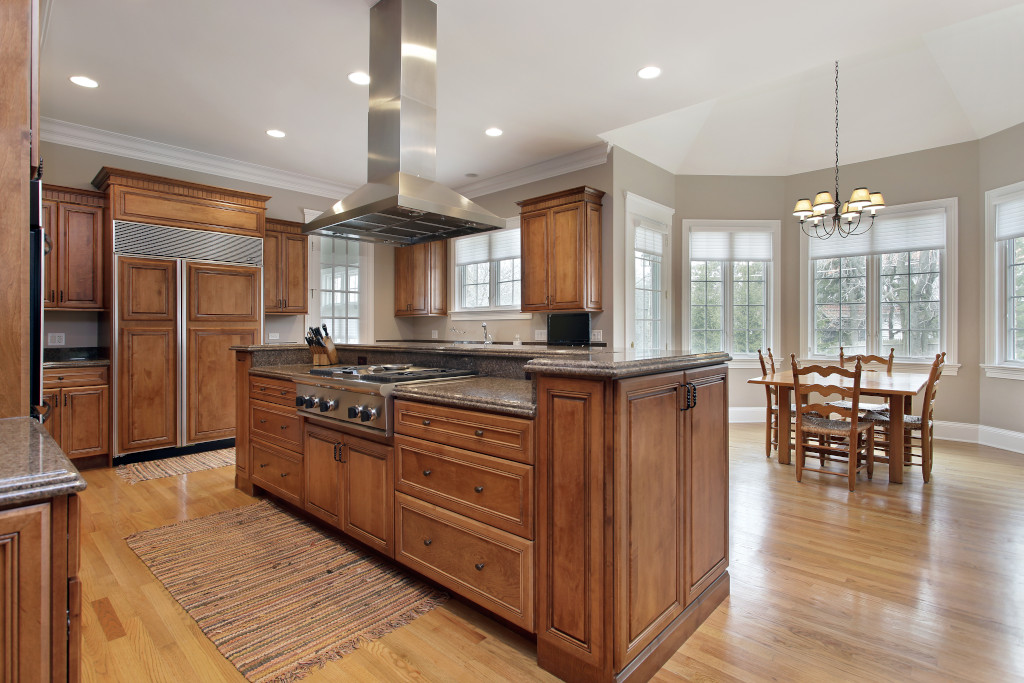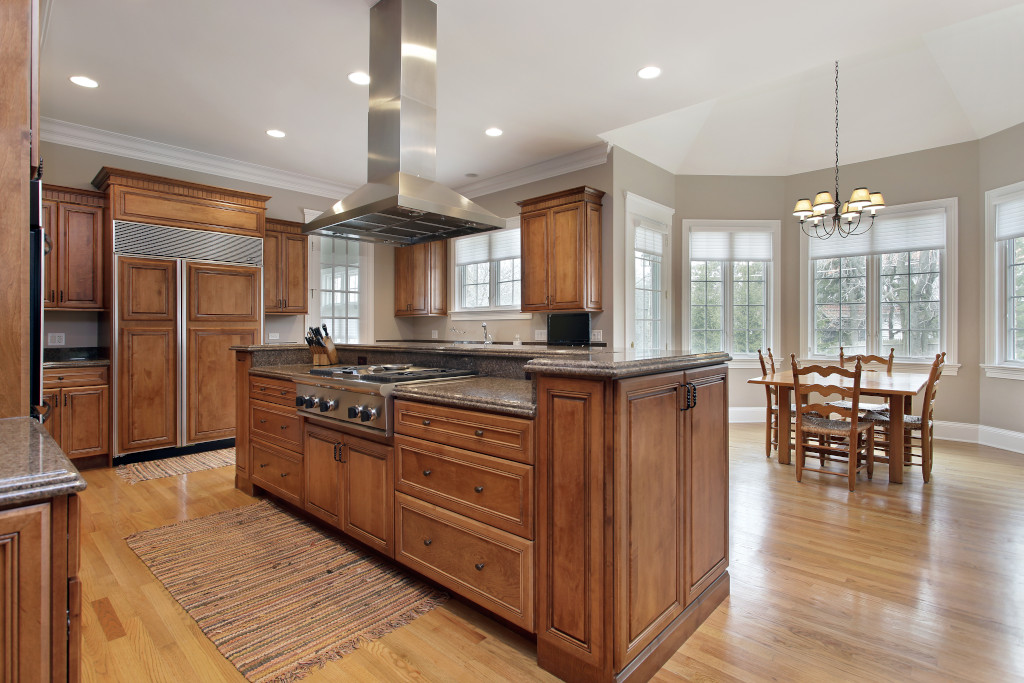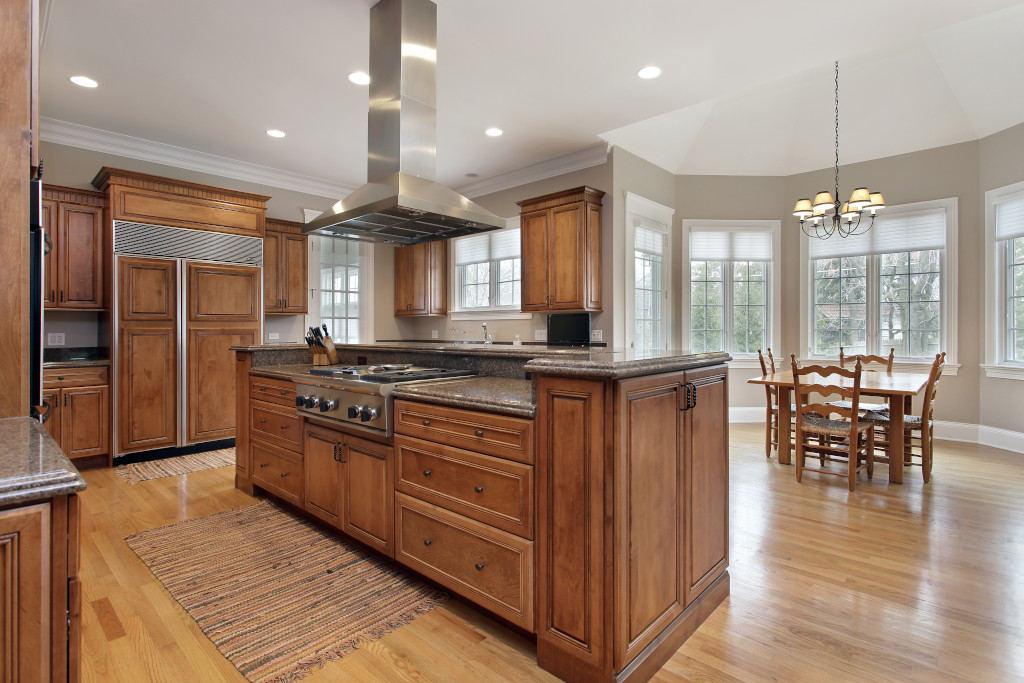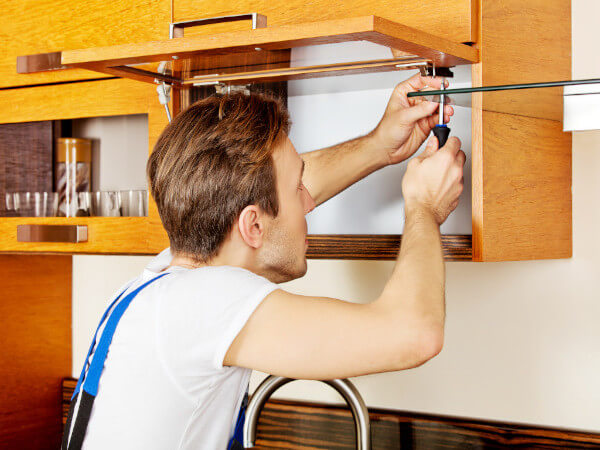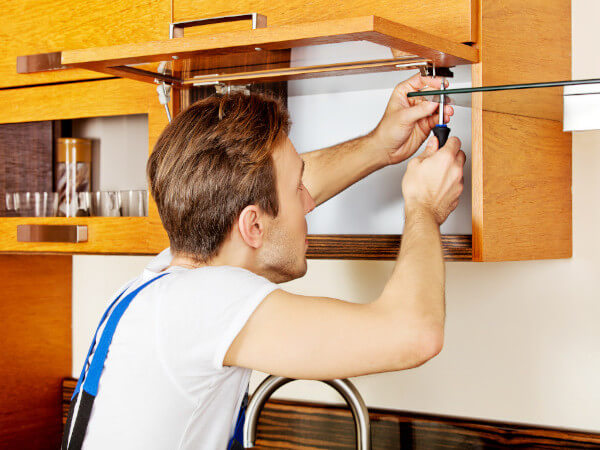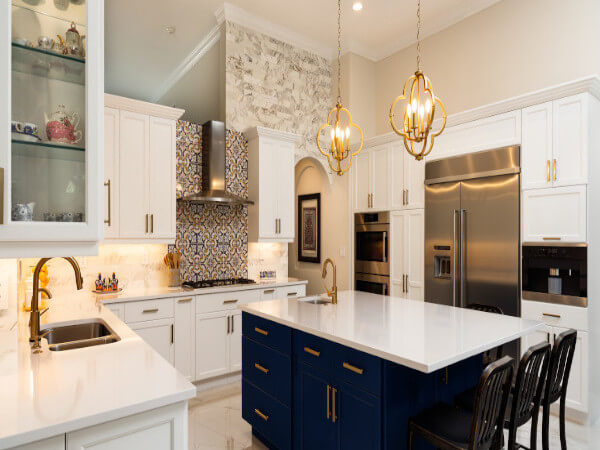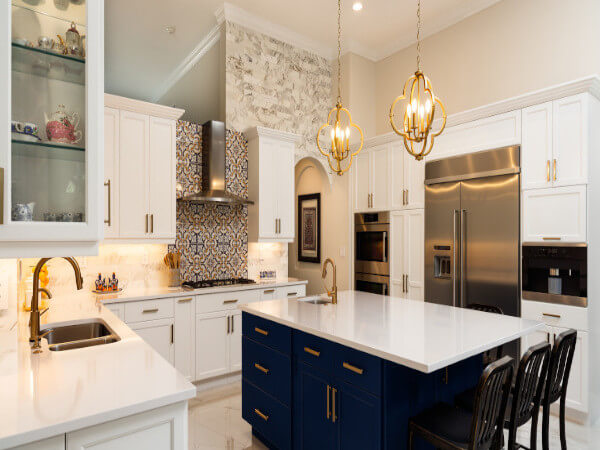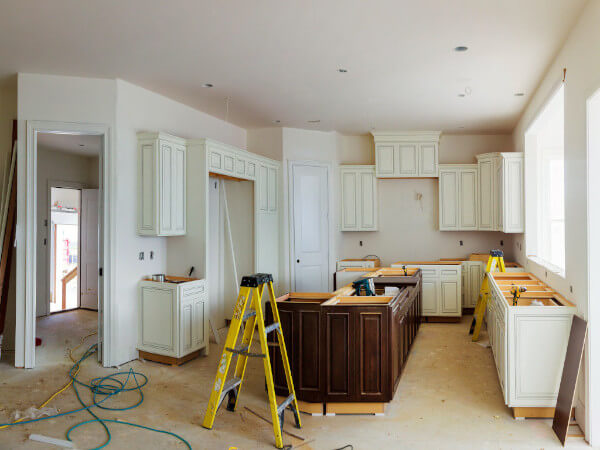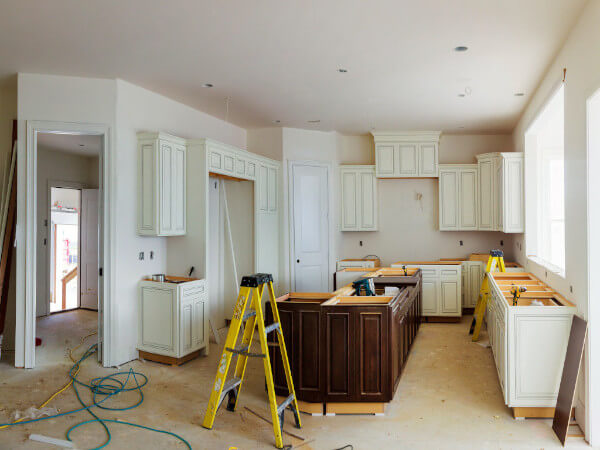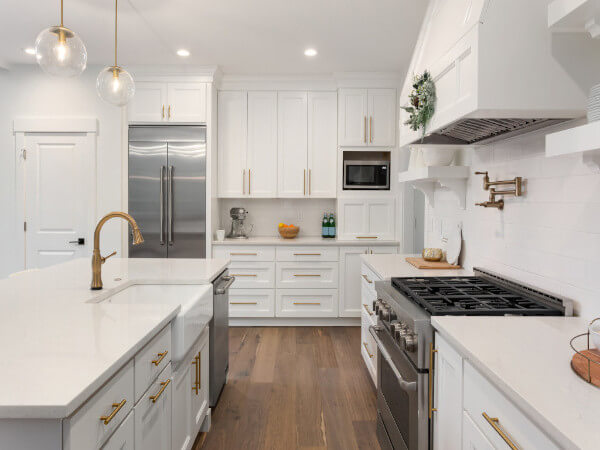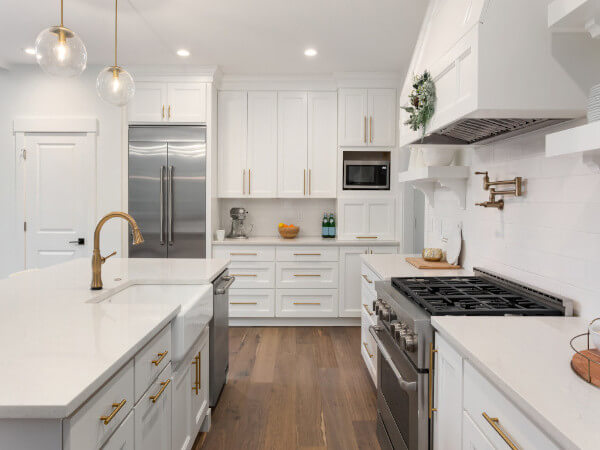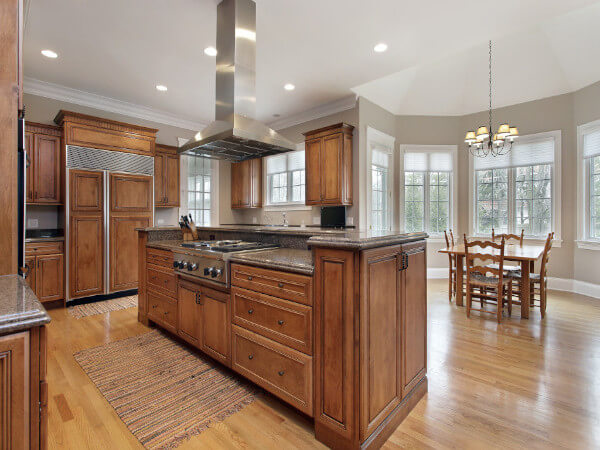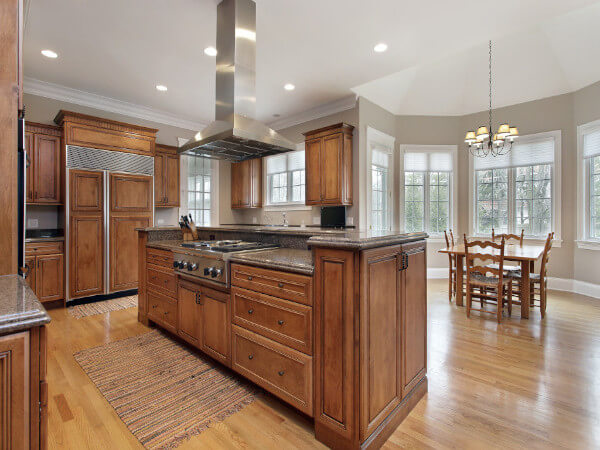What are the hot trends in cabinetry this season? Where is it being used in new ways? What materials and finishes are you specifying? What hardware, features, configurations and technology are trending among your clients and in your region? Do you anticipate these trends continuing into the new year? Inquiring minds want to know! So here are the latest takes from across the country and industry:
National homebuilder Taylor Morrison’s National Design Director Lee Crowder;Marine Sargsyan, with online home products giant Houzz.com;National Kitchen & Bath Association’s Pamela McNally;Philadelphia area designer Liz Walton;Designer Shannon Ggem in Los Angeles;Minneapolis-based designer Lisa Peck.OVERVIEW
It’s no secret that our industry is booming, with strong consumer demand and ongoing shortages of skilled labor and products. Nonetheless, homeowners are still seeking to improve their spaces. Despite the challenges, everyone is surging forward and cabinetry has a significant slice of that activity.
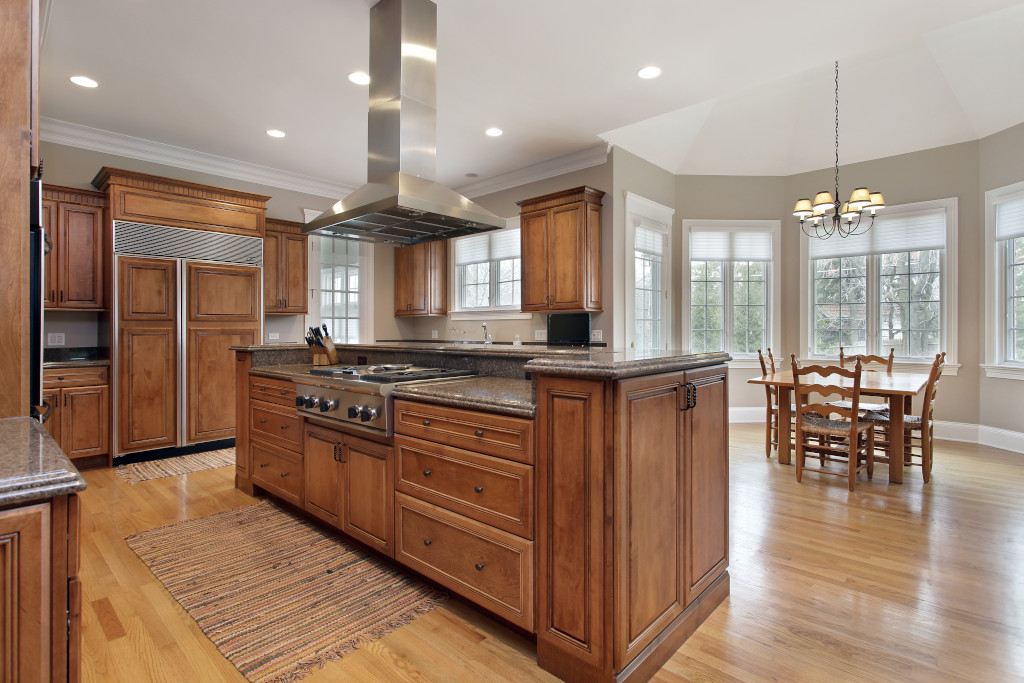
Eye-popping color and outdoor cabinetry are both trending.
Photo: Shannon Ggem, Ggem Design // Mike P. Kelley (Photographer)
“Incorporating storage was an important aspect of homeowner’s renovation activities in 2020,” Sargsyan reports. Houzz’s 2021 study found that nearly one in five homeowners cited inadequate storage for enlarging their kitchens, she notes, and “More than half of all kitchen renovations included new cabinetry (57 percent).” Smaller kitchens included even a higher percent of cabinetry replacement (63 percent).
“Storage is one of the top three areas of consumer interest,” McNally agrees, noting that, “Reducing clutter, better organization, easy access all are driving this shift.” Some of this growth can definitely be attributed to the pandemic, especially as homeowners sought to reduce their shopping trips.
Hot Spots: “The pantry is becoming a very trendy place in the home to not only organize but maximize your storage, especially as bulk buying became more popular this past year,” declares Crowder. She notes the popularity of food storage organization. “It obviously starts with a great pantry.” Houzz also saw a surge in pantry upgrades, with nearly half of study respondents improving their cabinetry, an increase over 2020.
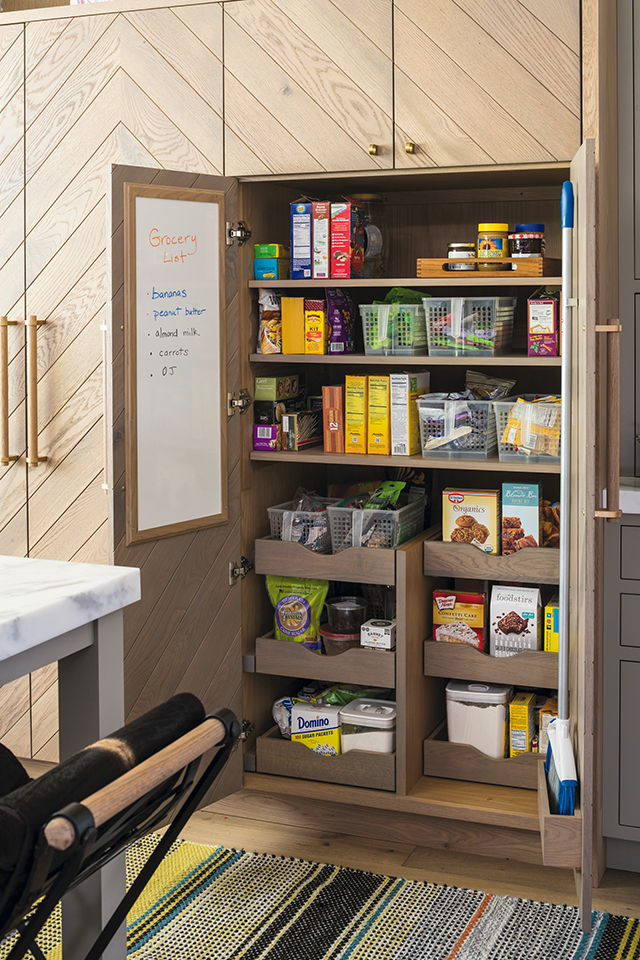
Flex rooms are definitely trending with new cabinetry needs. This includes laundry, pet and craft spaces. They’re also popular spots for bulk buying storage to enhance pantry capacity.
Home offices, garages and outdoor spaces have become hot spots for new cabinetry designs, too, because of the pandemic. Working from home, exercising, storing overflow items and escaping safely outdoors are all COVID-19-driven accelerations. “Many of our floor plans offer a mud locker or drop zone built in,” Crowder observes, “The more time you spend at home, you realize how important having a built-in space for those daily essential items at the entrance (usually from the garage) gives you peace of mind and [helps] everyone find what they need when it’s time to leave the house.”
Technology Trends: Smart home features are making their way into cabinetry as well. “Kitchens, baths and entire residential environments have been embracing fully integrated technology, and storage is a key area,” McNally says. The goals include accessibility, better visibility and security, the NKBA executive observes. “Smart home sensors help facilitate leak detection, temperature and lighting controls and are being designed into pantry areas, lower cabinets, shower enclosures, under sink drawers and under cabinets in kitchens. LED lighting is now a standard in virtually all cabinetry installs,” she reports, and the designers agree. Chargers are also being built into cabinetry to reduce clutter.
KITCHEN STORAGE TRENDS
The heart of the home has definitely gotten some transplant improvements. With pantries taking on more importance, sometimes beyond the kitchen, these areas are being freed up to serve more comfort roles.
Specialized Zones: NKBA’s study sees separate spaces for wine and coffee usage. Houzz sees dedicated areas for baking, snacks and beverages and homework. Among the specialty spots, pantries and wine bar storage have the greatest resonance in NKBA’s study. Kitchens are catering to personal preference and specialized zoning.
“We love to include coffee and wine stations with all the associated storage laid out for clients, like a mug drawer and fridge drawer for cream if they use it, or a pod drawer and a nearby wine fridge for bottles not yet being dispensed by the wine dispenser,” shares designer Ggem. Peck is seeing smoothie stations become a trend, along with coffee and beverage centers, and Walton says just about all of her kitchen projects have coffee/breakfast bars.

Comfort zones like wine and coffee centers are trending.
Photo: Eolo Design / NKBA
Configurations: “Our clients no longer want upper cabinets, preferring instead deep drawers with peg systems for plate and glass storage,” Ggem notes. Open shelves are still popular but used sparingly, as homeowners realize the dusting required to keep their contents clean, Walton points out. Peck sees narrow pullouts, as well as the general lack of wall cabinets and well-equipped bases and pantries. NKBA’s study cites large pull-out drawers with dividers.
Peck also sees an increase in secondary kitchen spaces, both as “back areas” for cleaning and storage, and auxiliary for older relatives to live independently with the family.
Styles and Finishes: Houzz has Shaker as the most popular style (57 percent), flat panel/slab at 21 percent and raised panel at 17 percent. In terms of finishes for the kitchen, Walton declares, “Wood tones are coming back in a big way! We are seeing a lot of warm walnut islands paired with soft white perimeter cabinets. Painted wood cabinets especially in navy or a powdery blue are very popular and pair well with white and warm wood tones.”
“Self-expression through color in cabinetry is definitely a trend,” Peck says. “We have done orange, yellow, blue and teal cabinetry in the spirit of this trend. We are also seeing a return to mixing painted cabinetry with wood. Rift cut white oak is a strong contender here in the Midwest. In modern kitchens we are seeing the use of acrylic slab door panels in gloss and ultra-matte finishes,” she adds.
Across the country, L.A. designer Ggem is seeing matte finishes and wood, including textured, fluted panels trending in materials. Taylor Morrison’s Crowder is seeing earthy hues along with warm neutrals and NKBA finds ash and rift cut oak solids and veneers trending, along with sophisticated high-pressure laminates.
One final note on finishes: “Wellness is huge in the kitchen conversation. Toxins and off gassing are no longer tolerated, and all clients inquire,” proclaims Ggem.
BATHROOM STORAGE TRENDS
The bathroom has also gotten enhancements. “Just like in kitchens, many people are having electrical outlets and charging stations built into their cabinets,” reports Taylor Morrison’s Crowder. “Another technology item popping up is cold storage,” she observes. “Adding a mini fridge into your cabinet bank allows you to store beauty items that require being cold – but they can also help keep creamers cold so you can make your coffee while getting ready in the bathroom.”
Configurations: Built-in vanities far outstripped freestanding in popularity, with floating styles trending upward, Houzz reports. “The floating vanity helps create visual space, making the vanity feel less heavy within the space,” Walton suggests.
Peck is seeing appliance garages migrate to her midwestern bathrooms, she says. They include chargers for hygiene and grooming tools and magnifying mirrors. She’s also seeing an emphasis on accessible cabinetry and nontoxic materials.
Taylor Morrison homebuyers like open shelves in their bathrooms, Crowder shares. They also want auto-opening and closing doors, outlets and charging stations.
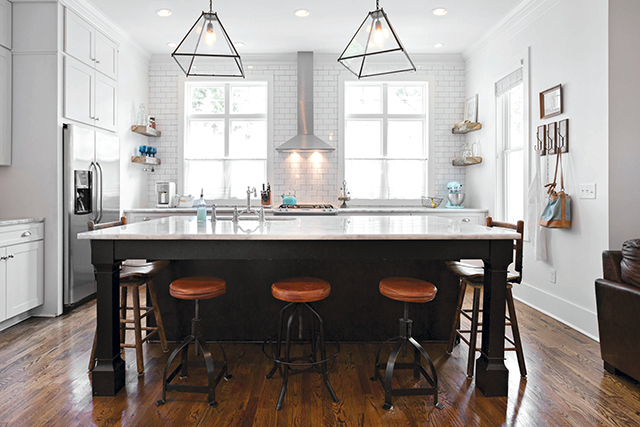
Shaker is still a leading style trend for kitchens and bathrooms alike.
Photo: Caroline Sharpnack © Houzz
Styles and Finishes: Bathroom style trends track pretty close to kitchen, with Shaker, slab and raised panel in similar proportions. Walton sees natural wood tones like white oak and warm walnuts mixed with white or dark gray. Taylor Morrison is seeing light washed warm wood tones and textured woods in low maintenance matte finishes. The builder is also seeing painted looks, especially dark green, trending. Peck is seeing personalized colors, like teal and blues, along with rift cut woods, especially oak and walnut topping trends. Ggem sums up her clients’ preferences this way: “A minimal aesthetic is what is happening right now – slab doors, hidden pulls, quiet and clean.”
LAST WORDS
If your business is based on cabinetry manufacturing, distribution, installation or sales, this should be a strong season for you. It can also be a strong season for those who are “cabinetry adjacent,” like technology providers with a growing area of opportunity. Knowing and predicting the latest trends is essential to staying successful and a candy land full of fun and flair.

Jamie Gold, CKD, CAPS, MCCWC is an author, wellness design consultant and industry speaker. Her third book, Wellness by Design (Simon & Schuster), published September 2020. You can learn more about her Wellness Market presentations, books, Wellness Wednesdays Clubhouse conversations and consulting services at jamiegold.net.
The post Cabinets Deliver Clever Storage and Style appeared first on Kitchen & Bath Design News.
Did you miss our previous article…
https://www.thegreenwoodkitchen.com/?p=367
